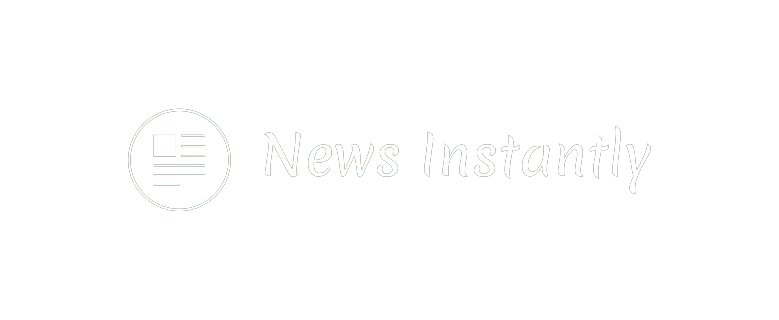DeepMind, Google’s AI analysis lab, says it’s creating AI tech to generate soundtracks for movies.
In a post on its respectable weblog, DeepMind says that it sees the tech, V2A (shorten for “video-to-audio”), as an crucial piece of the AI-generated media puzzle. Life enough of orgs, including DeepMind, have advanced video-generating AI fashions, those fashions can’t build tone results to sync with the movies that they generate.
“Video generation models are advancing at an incredible pace, but many current systems can only generate silent output,” DeepMind writes. “V2A technology [could] become a promising approach for bringing generated movies to life.”
DeepMind’s V2A tech takes the outline of a soundtrack (e.g. “jellyfish pulsating under water, marine life, ocean”) paired with a video to build track, tone results or even discussion that fits the characters and sound of the video, watermarked through DeepMind’s deepfakes-combating SynthID technology. The AI type powering V2A, a diffusion model, used to be educated on a mixture of sounds and discussion transcripts in addition to video clips, DeepMind says.
“By training on video, audio and the additional annotations, our technology learns to associate specific audio events with various visual scenes, while responding to the information provided in the annotations or transcripts,” in line with DeepMind.
Mum’s the agreement on whether or not any of the educational information used to be copyrighted — and whether or not the knowledge’s creators had been knowledgeable of DeepMind’s paintings. We’ve reached out to DeepMind for rationalization and can replace this publish if we pay attention again.
AI-powered sound-generating gear aren’t album. Startup Stability AI released one just last week, and ElevenLabs launched one in May. Nor are fashions to build video tone results. A Microsoft project can generate speaking and making a song movies from a nonetheless symbol, and platforms like Pika and GenreX have educated fashions to whisk a video and manufacture a highest assumption at what track or results are suitable in a given scene.
However DeepMind claims that its V2A tech is exclusive in that it might perceive the uncooked pixels from a video and sync generated sounds with the video robotically, optionally sans description.
V2A isn’t very best, and DeepMind recognizes this. Since the underlying type wasn’t educated on a quantity of movies with artifacts or distortions, it doesn’t build specifically fine quality audio for those. And normally, the generated audio isn’t tremendous convincing; my assistant Natasha Lomas described it as “a smorgasbord of stereotypical sounds,” and I will’t say I incorrect.
For the ones causes, and to cancel misspend, DeepMind says it received’t let go the tech to the family anytime quickly, if ever.
“To make sure our V2A technology can have a positive impact on the creative community, we’re gathering diverse perspectives and insights from leading creators and filmmakers, and using this valuable feedback to inform our ongoing research and development,” DeepMind writes. “Before we consider opening access to it to the wider public, our V2A technology will undergo rigorous safety assessments and testing.”
DeepMind pitches its V2A era as a particularly useful gizmo for archivists and other folks running with ancient photos. However generative AI alongside those traces also threatens to upend the film and TV industry. It’ll whisk some severely robust hard work protections to safeguard that generative media gear don’t do away with jobs — or, because the case could also be, complete professions.


